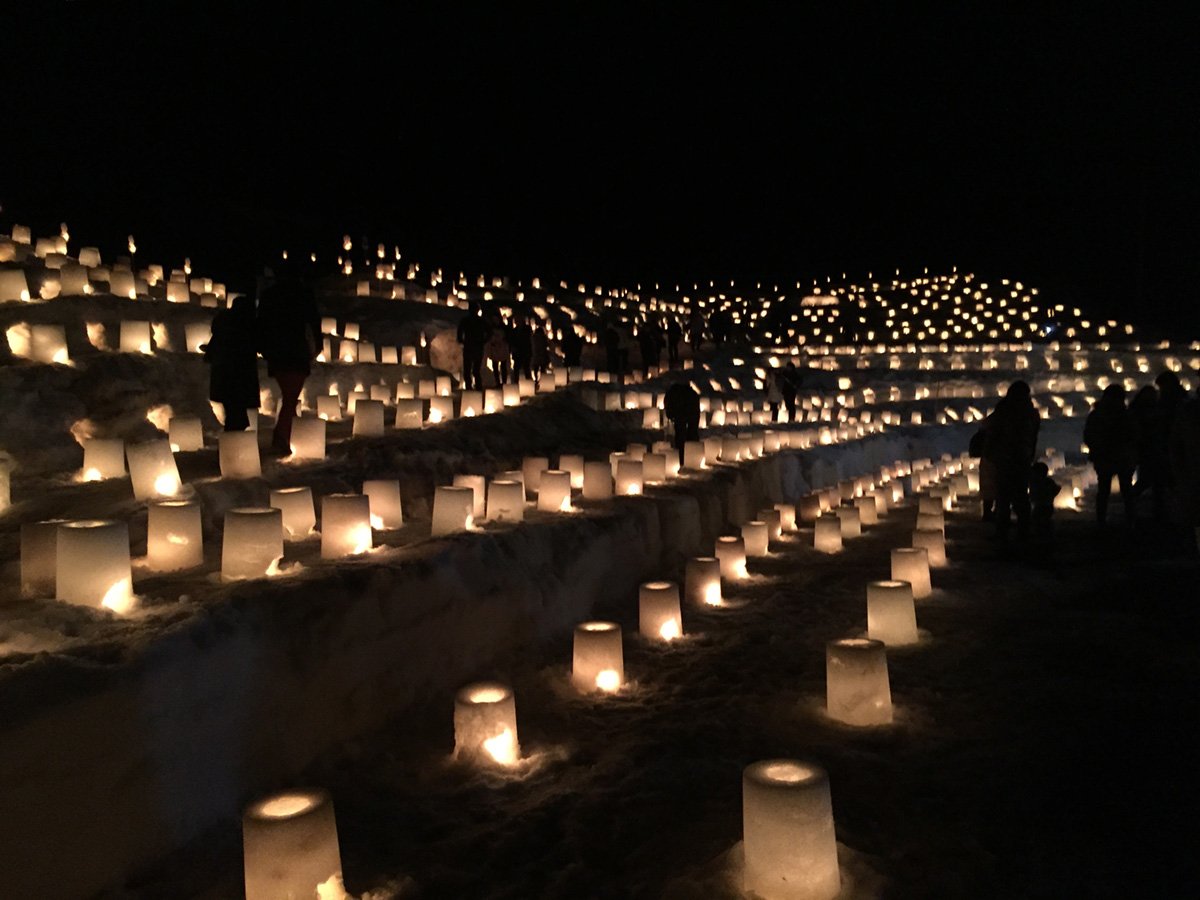 he dynamics of urban planning and development in Japan can be seen in the interaction between city planning officials and the resident community in attempting to solve their local problems. Over the last several years, the Japan Association for Planning Administration (JAPA) has instituted the PLANNING PRIZE to commend and highlight such planning initiatives. The main objective of the Prize is to identify superior initiatives in planning and implementation by acknowledging excellence and stimulating innovation.
he dynamics of urban planning and development in Japan can be seen in the interaction between city planning officials and the resident community in attempting to solve their local problems. Over the last several years, the Japan Association for Planning Administration (JAPA) has instituted the PLANNING PRIZE to commend and highlight such planning initiatives. The main objective of the Prize is to identify superior initiatives in planning and implementation by acknowledging excellence and stimulating innovation.

Snow lanterns of Yasuzuka, Japan |
The Prize covers initiatives undertaken by the public sector, NGOs, and private/business sectors. The content, process and implementing organization are evaluated for the significant impact that the initiative has on public values and the community at large.
Submissions to the competition is solicited through advertisements in newspapers, direct contact with local city governments, as well as through the extensive networks of JAPA's planner-members. The first stage of the selection process is done by a team of 60 referees from JAPA (each project is evaluated by five referees). From these, a shortlist of ten projects is drawn up. The second stage of selection process involves the presentation of the shortlisted projects in an open public symposium held in Tokyo. The presentations are judged by a team of 13 referees taken from academia, local governments, media executives, TV and newspapers. The Prize itself consists of a Certificate and a Plaque.
In order to provide a flavour of the plans, nine prizes were selected from among those who won the Planning Prize. They are divided into three themes (note that these themes are not related to the Prize itself, but were developed specifically for this write-up). Not all of them deal with the issues of UEM, but they do highlight the importance of participation, networking and information dissemination among the various stakeholders in the urban arena.